Trusted Australian experts in solar panel performance, Lawrence McIntosh and Michelle McCann at Canberra-based PV Lab, have combined forces with innovators in high-speed electroluminescence imaging at Quantified Energy Labs (QE-Labs) in Singapore, to bring efficient solar panel testing to the Australian utility market at scale.
The technology is vital for testing performance at various points in the solar asset lifecycle: at solar farm commissioning, when it provides a useful baseline; for identifying underperformance before the end of the panel defect liability period; for subsequently verifying to insurers the damage caused by severe weather events; and for verifying performance at any change of ownership of the farm. And of course it pinpoints problems, assists in targeting maintenance and reduces risks such as fire due to faulty panels, throughout the life of the asset.
QE-Labs is a commercial spin-out of technology developed at the Solar Energy Research Institute of Singapore (SERIS), part of the National University of Singapore.
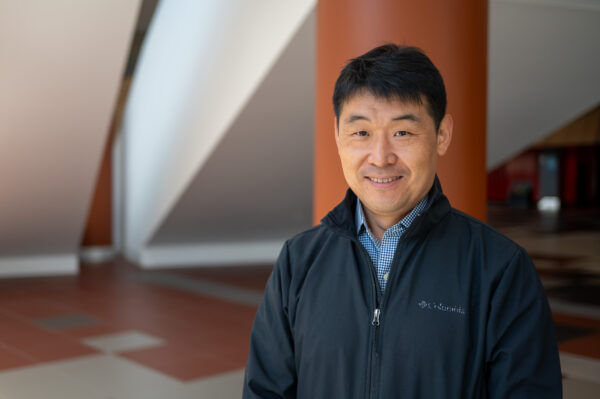
Image: Dave Tacon/pv magazine
“Our team spent a decade researching PV panel technologies, doing indoor testing, and certifying performance and reliability of panels in our tropical Singapore environment,” QE-Labs CEO, Dr Yan Wang, told pv magazine Australia at All-Energy in Melbourne last week. “Then developers who were experiencing yield losses started sending us modules from their solar farms for testing.”
It wasn’t long, says Wang, before all parties realised that this method of bringing panels to the lab was too laborious and time-consuming, which also made it expensive — “the unit price was too high”.
Pinpoint accuracy puts haystack sampling out to pasture
And as McCann points out, the sampling method of nailing underperforming culprits across an entire solar farm was like, “Looking for a needle in a haystack.”
Researchers at SERIS realised that electroluminescence (EL) imaging — their preferred inspection technology, which “produces something like an x-ray of the solar panel”, explains Wang — could be taken into the field. But how much better would it be, if imaging didn’t have to be set up for each panel?
McIntosh and McCann, working in their Australian lab to assess the performance of panels in the Australian utility solar sector had come to a similar conclusion: “We knew that drones would revolutionise the way we gather data, and if they could be used to take electroluminescence images, we’d be able to bring huge scale to helping asset owners assess the condition of their solar farms,” McIntosh told pv magazine Australia.
He and McCann had just decided that developing their own autonomous EL system would not be “commercially smart”, when they were introduced by solar colleagues in Germany to QE-Labs. “It’s a really good fit,” says McCann of the resulting collaboration: “They’ve got the drones and the tech, and we’ve got the site experience and the ability to fly and work in Australia.”
McIntosh became a licensed commercial drone pilot and began PV Lab’s fly-by-night operation. That is to say, another benefit of electroluminescence imaging is that it is carried out in the dark, out of solar-generation hours.
QE-Labs’ innovation includes:
1) Integration of a specialised InGaAs fast-image-capture camera with a custom-built long-flight-duration drone, and development of software that compensates for flight wobble, and keeps the drone adjusting to accomplish its mission of capturing a complete image of each panel even if it gets blown off course by wind.
2) Application of AI and quantitative analysis algorithms to sift for anomalies in the tens of thousands of images generated.
3) A user-friendly interface — an app — that allows asset owners to hunt down specific faults such as cracks, faulty solar cells and corrosion. Integrated GPS guides users to the exact faulty panel(s). Inbuilt machine learning also identifies user preferences in the sense that some operators may consider some faults more important to repair than others; a green-amber-red traffic light system indicates performance glitches of low to high importance to individual operators.
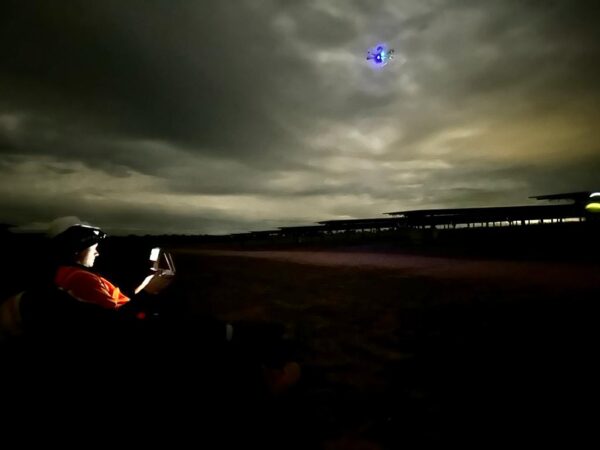
Image: PV Lab
Among other test cases, in late 2021 QE-Labs completed the world’s largest drone electroluminescence inspection, of 60MWp Sembcorp Tengeh Floating Solar Farm, on Tengeh Reservoir in Singapore. Over two weeks of night shift, it covered a total area of some 45 football fields.
Great for awkward terrain and floating PV
At the time, Head of Operations and Maintenance at Sembcorp, Willie Soh, praised the accuracy of QE-Labs’ work and its “ability to rapidly pinpoint defects in our PV modules, which could have been caused from a variety of factors”. He said Sembcorp would continue to use the drone-mounted technology to ensure that its “PV system is running in optimal condition at all times”. The Sembcorp inspections were successfully carried out despite the solar farm being surrounded by public infrastructure that strictly bans the taking of images – negotiating approvals and proving QE-Labs’ best-practice use of high accuracy technology were key to this process.
In Australia, PV Lab was keen to prove the efficacy of the QE-Labs platform with a solar farm using an inline fuse system. Says McIntosh, “Inline fuse farms are becoming increasingly popular in Australia and elsewhere, and we wanted to demonstrate the technology would work in that context. So we developed a kind of new logistical solution to actually image each individual string.”
The inspection was of a 45,000-module solar plant at the end of its defect liability period. Although the facility wants to remain anonymous, the plant operations and asset manager said, “The ability of drone EL mapping to accurately pinpoint problematic modules is a game changer for us,” allowing the operator to selectively replace “worst-performing modules wherever they are in the plant”, which results in “significant improvement of the overall system performance”, and maximises energy output.
This content is protected by copyright and may not be reused. If you want to cooperate with us and would like to reuse some of our content, please contact: editors@pv-magazine.com.
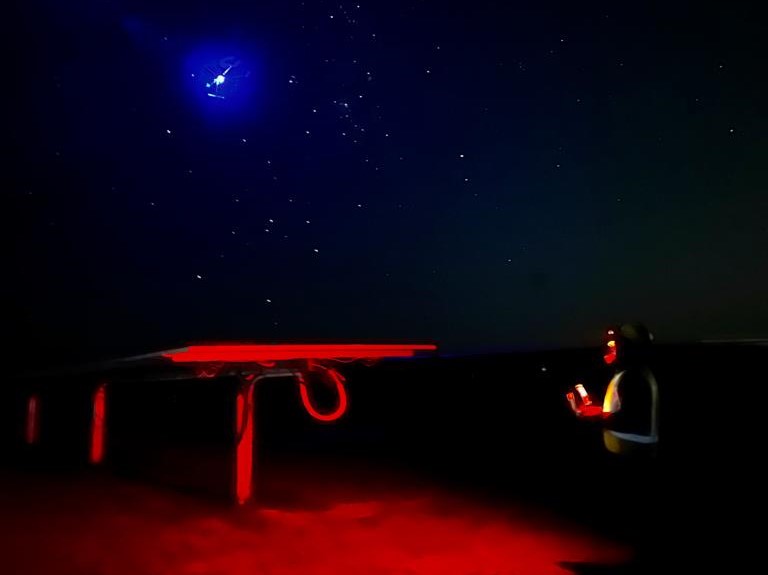


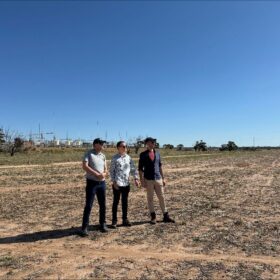
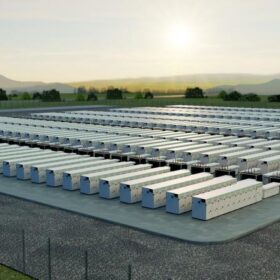
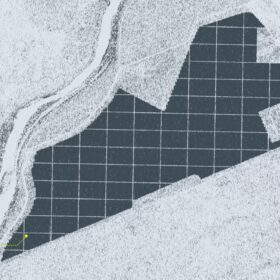
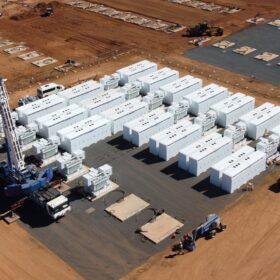
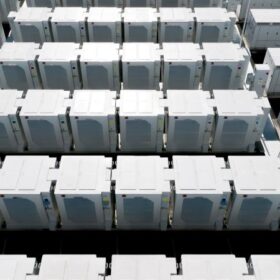
By submitting this form you agree to pv magazine using your data for the purposes of publishing your comment.
Your personal data will only be disclosed or otherwise transmitted to third parties for the purposes of spam filtering or if this is necessary for technical maintenance of the website. Any other transfer to third parties will not take place unless this is justified on the basis of applicable data protection regulations or if pv magazine is legally obliged to do so.
You may revoke this consent at any time with effect for the future, in which case your personal data will be deleted immediately. Otherwise, your data will be deleted if pv magazine has processed your request or the purpose of data storage is fulfilled.
Further information on data privacy can be found in our Data Protection Policy.